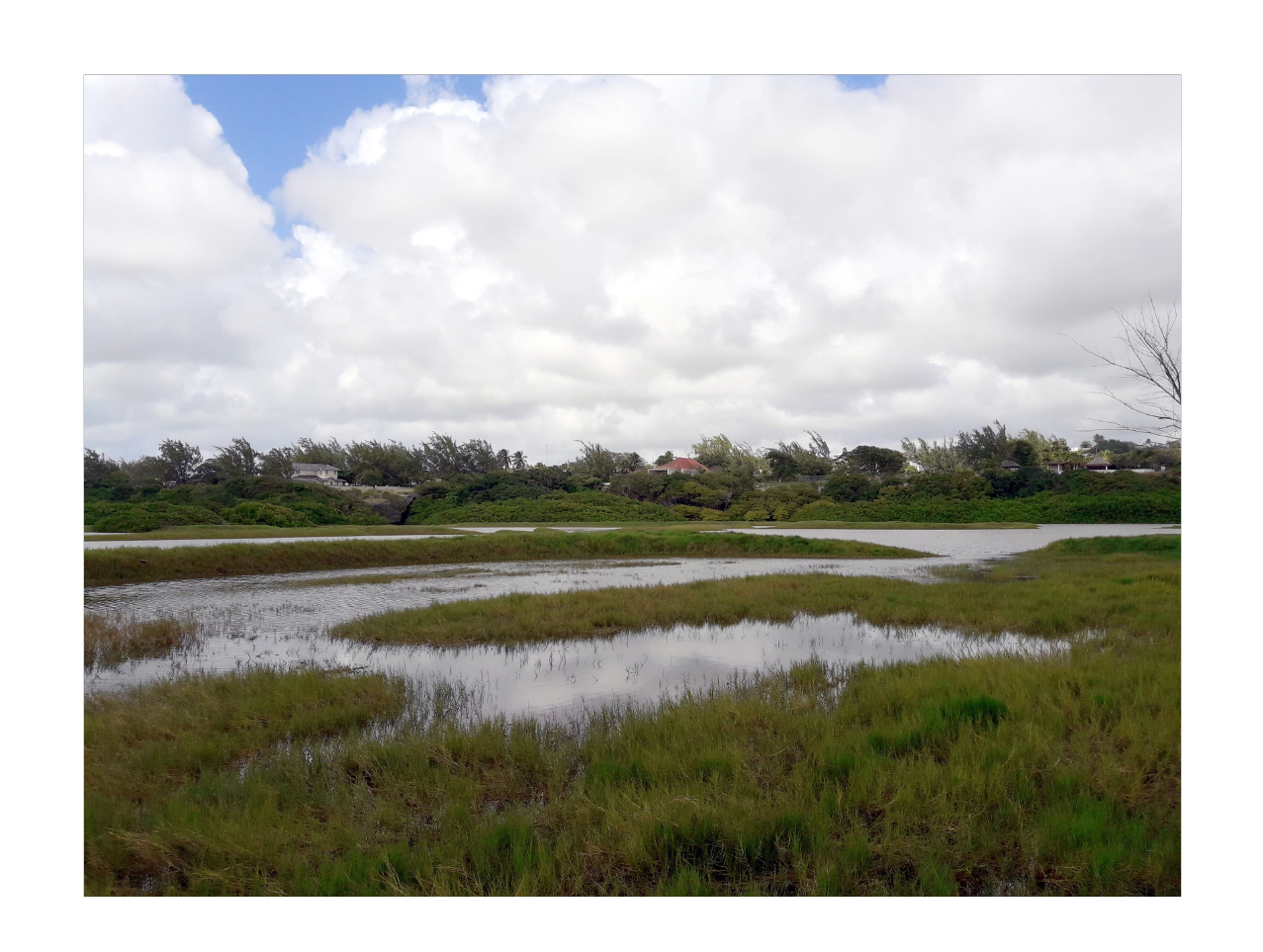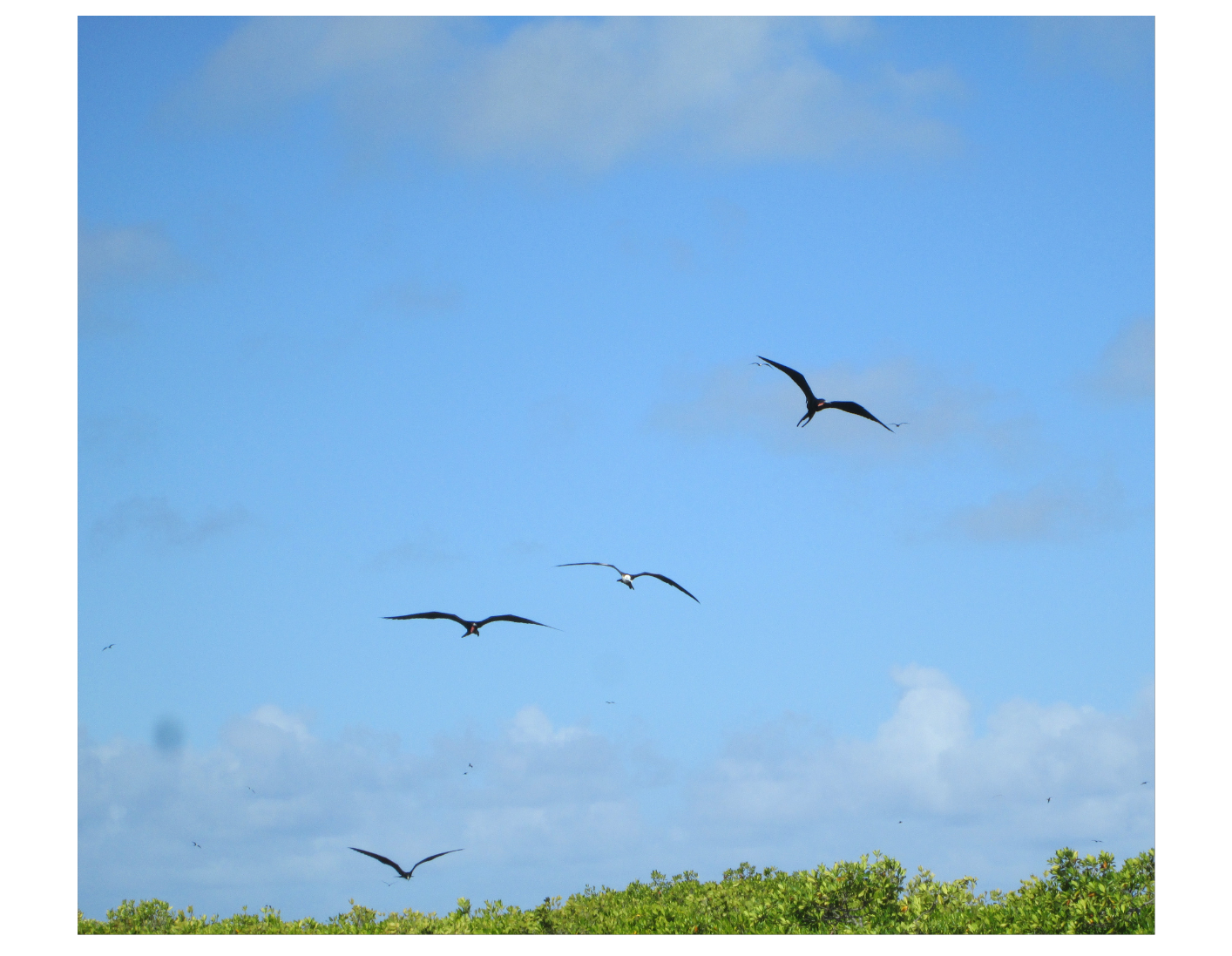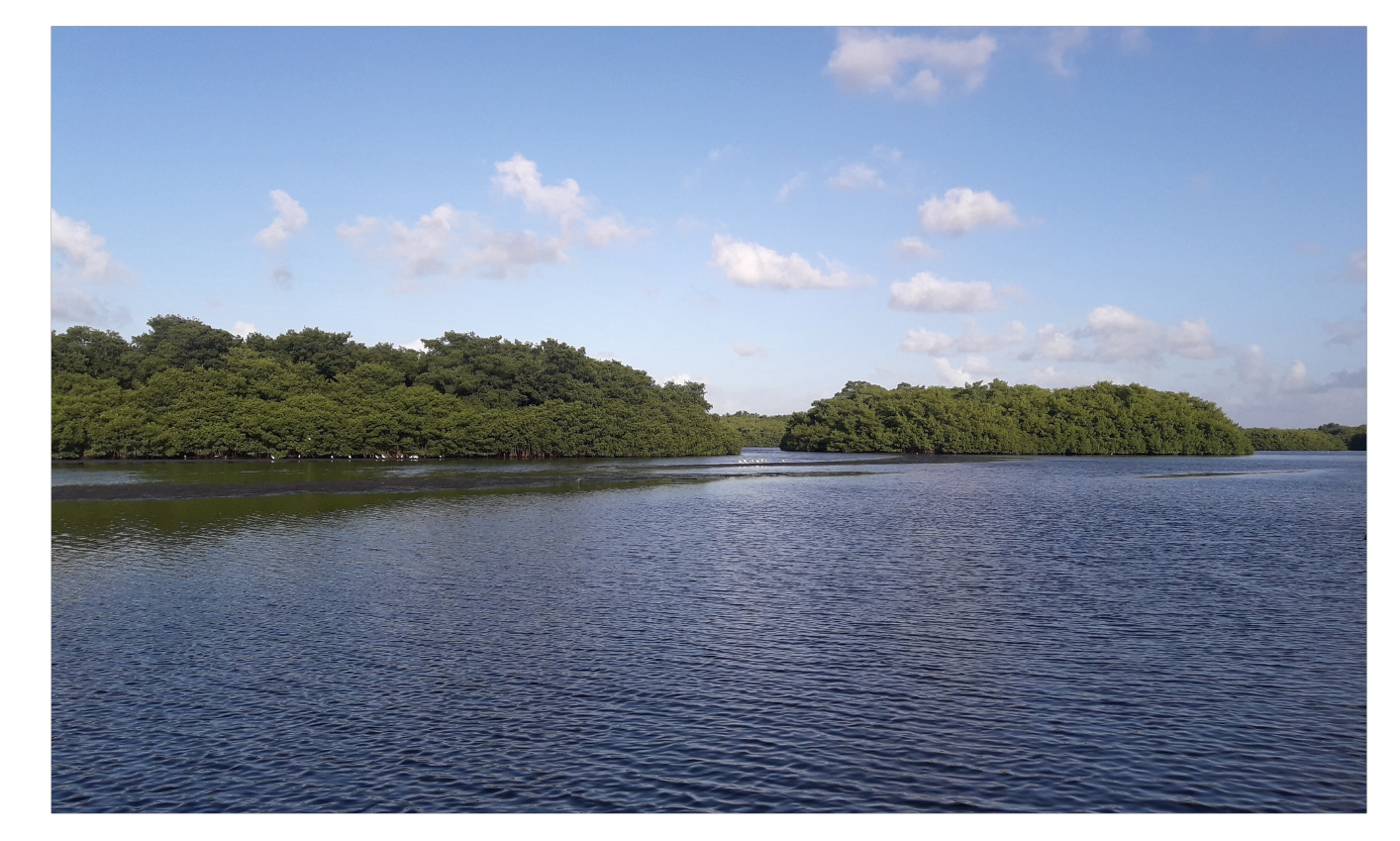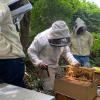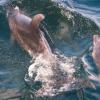World Wetlands Day 2023 Feature
The Caribbean Protected Areas Gateway (CPAG) joins the global community in recognizing World Wetlands Day, organized by the Convention on Wetlands. Contracting Parties of the Convention on Wetlands (popularly known as the Ramsar Convention) have been celebrating World Wetlands Day since 1997 when it was first established. This day also marks the anniversary of the Convention on Wetlands, which was adopted as an international treaty in 1971. Wetlands, including mangroves which are coastal wetlands, play an important role in the Caribbean. They help to protect coastal communities from storms and flooding, they are an important freshwater source, they support livelihoods such as tourism and fisheries and provide food, and they help to store carbon dioxide which is important to fighting the climate crisis. Yet, they are severely threatened.

This year the theme is “Wetland Restoration” and we at the CPAG join the call to encourage the protection and restoration of wetlands within the region. Here are a few reasons why restoration is important:
- Wetlands are important habitats for a wide variety of plant and animal species, and they also provide important ecosystem services such as water purification, flood control, and carbon sequestration.
- Wetland restoration can help to re-establish these habitats and ecosystem services, and can also help to mitigate the impacts of human activities such as development, agriculture, and pollution.
- Additionally, wetland restoration can help to conserve biodiversity by providing habitat for endangered or threatened species, protecting migratory bird and fish populations, and preserving genetic diversity.
- Overall, wetland restoration plays an important role in the conservation of biodiversity by maintaining the health and functioning of wetland ecosystems and the species that depend on them.
- Mangrove forests cover just 0.1 percent of the planet's surface but store up to 10 times more carbon per hectare than terrestrial forests.
- The Africa Caribbean and Pacific (ACP) countries and the Wider Caribbean Region (WCR)account for 19.91% of global mangrove coverage (see figure 1).
With wetlands disappearing three times faster than forests while they store more carbon emissions than forests, it is critical that restoration efforts be prioritized. The time to act is now because wetlands are indeed the most threatened ecosystem as urbanization and agricultural development continue to grow. In the Caribbean, notable efforts are underway as highlighted below.
Bahamas
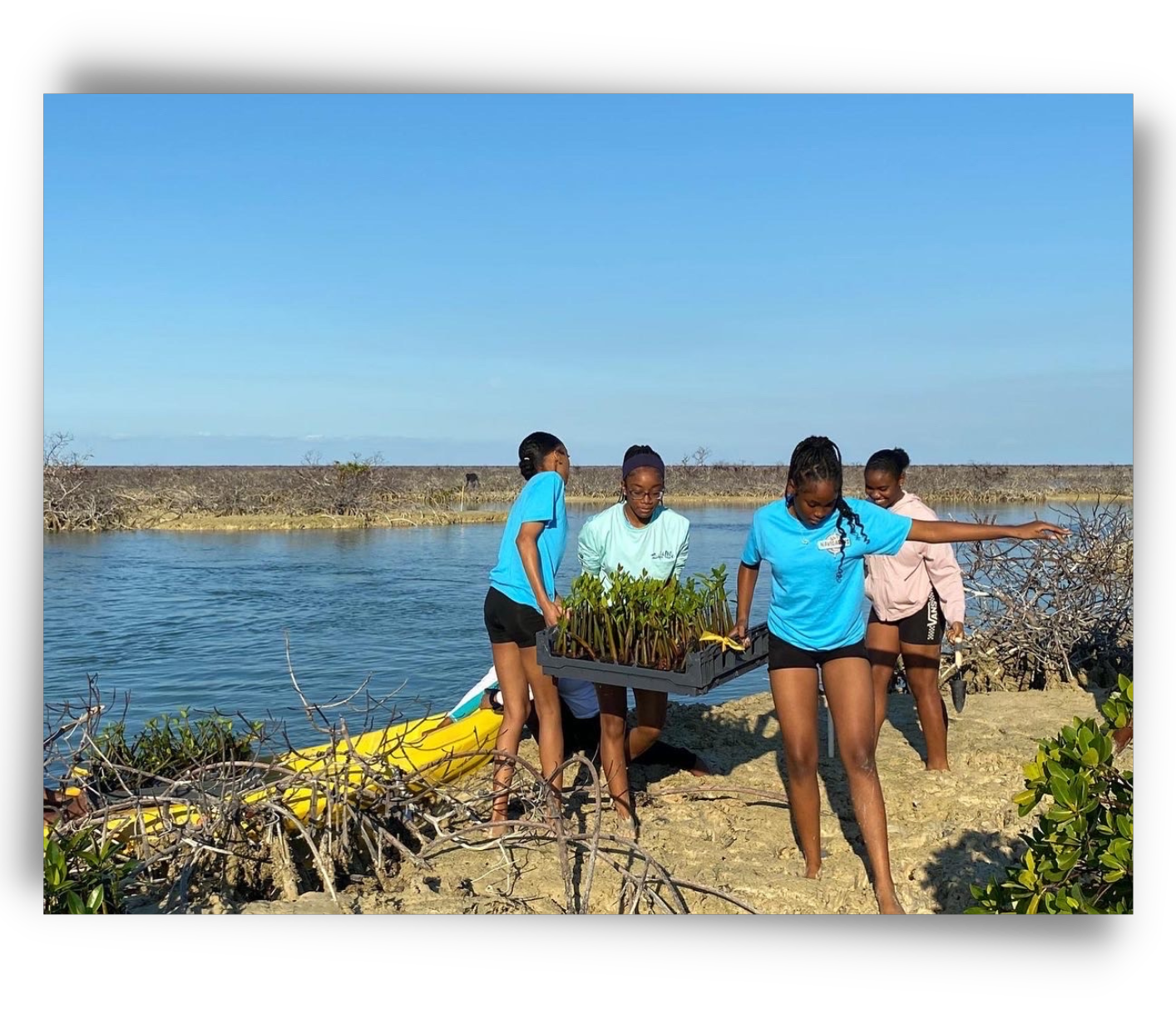
Waterkeepers Bahamas (WKB) Mangrove Harvesting and Replanting Project began following the passage of hurricane Dorian in 2019. Mangrove forests were devastated, leaving the north shore vulnerable to storm surges. This project will revitalise the area for fisheries and strengthen natural defence barriers.
WKB, its partners, Blue Action Lab, Coral Vita and EARTHCARE, and dozens of volunteers have harvested over 30,000 and planted more than 15,000 red mangrove seedlings across nearly 7 acres. About 200 mangroves are geotagged to monitor their survivability rate, taking note of their leaf count, stem height, and possible damage or disease.
The Bahamas Protected Areas Fund Hurricane Dorian Assessment and Recovery Grant support this project phase. Waterkeepers Bahamas is a Bahamas-registered Non-Profit Organization focused on community-based initiatives to ensure the waters of the Bahamas are safe for swimming, fishing, and drinking for future generations. It is an accredited member of the Waterkeeper® Alliance.
Credit: Waterkeepers Alliance
Guyana
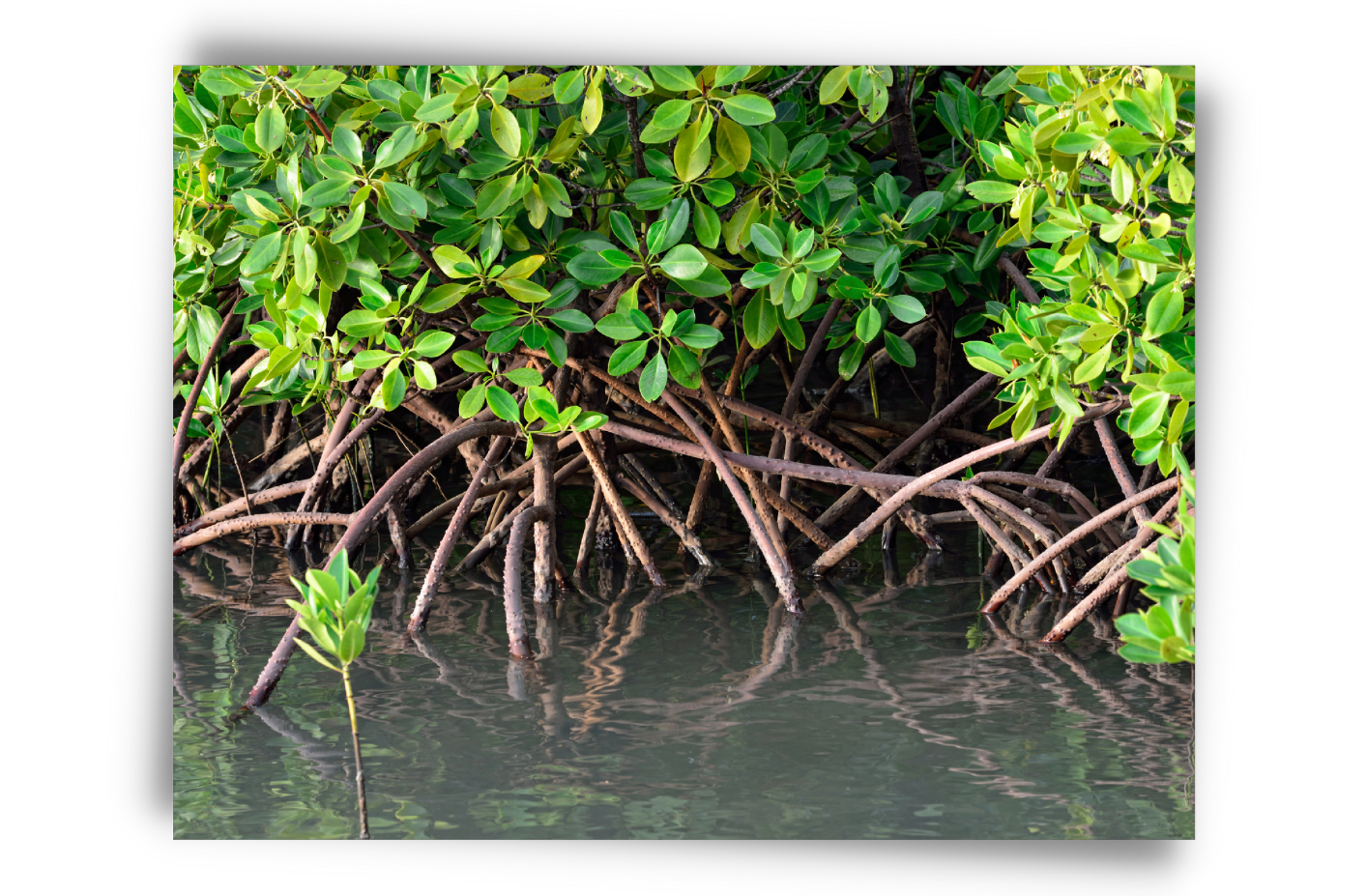
90% of Guyana’s population lives on flat coastal plains, 0.5 metres below sea level. The soil is rich and good for agriculture but at risk from rising sea levels. UN Environment is supporting the government of Guyana to develop the Green State Development Strategy: Vision 2040, where one of the priorities is increasing the resilience of Guyanese citizens by improving coastal defence through mangrove restoration.
Before 2010, both Carlotta De Jesus, local beekeeper and recently elected Town Councillor and Raymond Hinds, a mangrove ranger, would agree that those living on the coast of Guyana did not value the importance of preserving mangroves. Along with government agencies, external funding agencies and local volunteers, they have now been raising awareness and educating their communities on the value of preserving and protecting the mangroves in Guyana’s coastal wetlands.
Read more here: Restored Mangroves Building Guyana’s Resilience
Credit: UNEP
St. Vincent & Grenadines
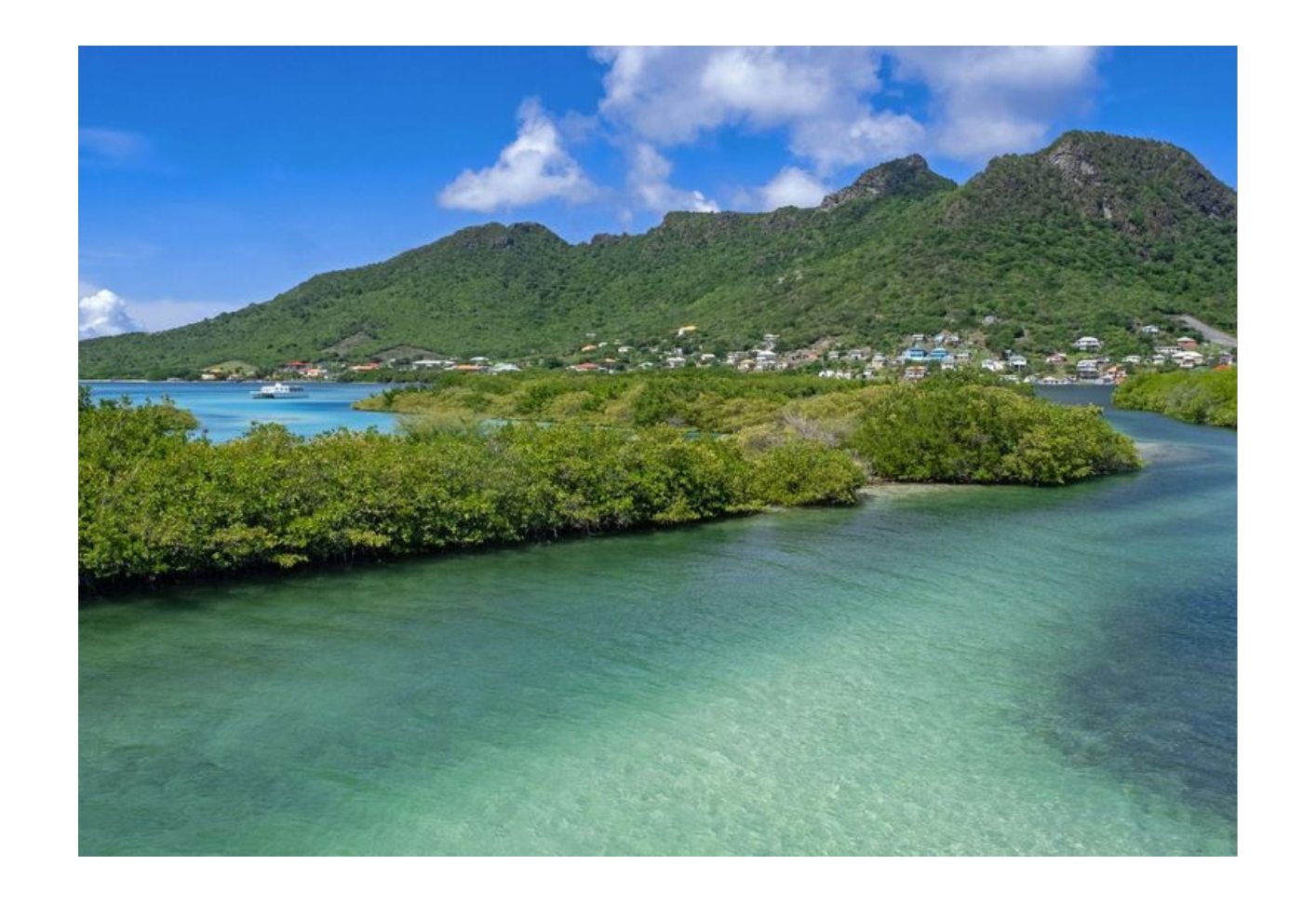
The story of Ashton Lagoon is worthy of honor and rejoicing, far and wide. After 13 years of diligent work, SusGren, supported by its national and international partners, has succeeded in restoring the lagoon—not only for the well-being of the marine and bird life but also for that of future generations of Union Islanders. Now it is transformed, blossoming into a beautiful place in which to learn, observe, and enjoy the bounties of nature.
Read more here: Ashton Lagoon: A Joyful Story of Restoration and Rebirth
Credit: Birds Caribbean
